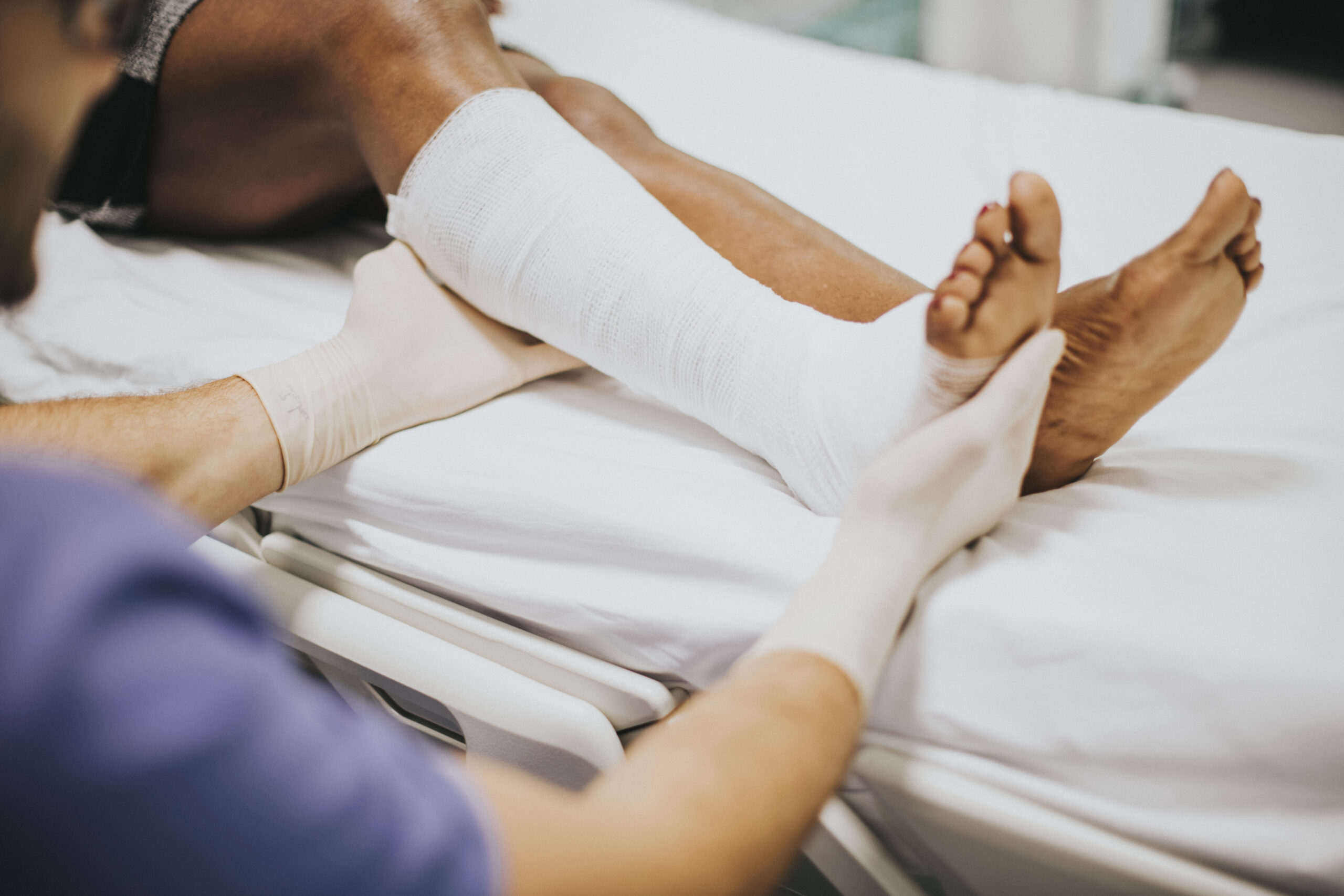Timings
Evercare Hospital Lahore
- Monday - Thursday (11 am - 01 pm)(07 pm - 09 pm)
- Friday (02 pm - 05 pm)(07 pm - 09 pm)
- Saturday (04 pm - 06 pm)
Contact Info
- Phone: 03060603646
- Whatsapp: 03060603646
- Email: Info@drwaqasjavedorthopedics.com
Fractures Around Knee

Knee fractures are significant injuries that can occur in and around the knee joint, impacting the bones that form the joint: the femur (thigh bone), tibia (shin bone), and patella (kneecap). These fractures are common in both athletes and the general population, often resulting from high-impact activities or accidents.
Anatomy of the Knee Joint
The knee joint is a complex hinge joint involving three bones: the femur, tibia, and patella. The joint is stabilized by ligaments and cushioned by cartilage, including the menisci. The knee plays a crucial role in supporting the body’s weight and enabling movement such as walking, running, and jumping.
Causes and Types of Knee Fractures
Knee fractures can result from various causes, including direct trauma (such as falls or vehicle accidents), sports injuries, or overuse. Common types of knee fractures include:
- Patellar Fractures: Involving the kneecap.
- Distal Femur Fractures: Occurring at the lower end of the thigh bone.
- Tibial Plateau Fractures: Affecting the top surface of the shin bone.
Symptoms of Knee Fractures
Typical symptoms of a knee fracture include:
- Intense pain in the knee area.
- Swelling and bruising.
- Inability to bear weight on the affected leg.
- Deformity around the knee joint.
- Limited knee movement.
Diagnosis of Knee Fractures
Diagnosing knee fractures involves:
- Physical examination to assess pain, swelling, and range of motion.
- Imaging tests like X-rays for a clear view of the bone structure.
- CT scans or MRI for more detailed images of the joint and surrounding tissues.
Treatment Options
Treatment for knee fractures depends on the type and severity of the fracture:
Nonsurgical Treatment:
- Immobilization using casts or braces.
- Pain management with medications.
- Gradual weight-bearing as tolerated.
Surgical Treatment:
- Internal fixation using screws, plates, or rods to hold the bone fragments together.
- Patellar tendon repair in case of patellar fractures.
- Joint replacement in severe cases, especially in older adults.
Recovery Process
Recovery from a knee fracture varies based on the injury’s severity and the treatment method:
Immobilization:
- Weight-bearing as tolerated after a few weeks.
- Gradual increase in knee movement and exercises.
Post-Surgery:
- Restricted movement initially, with gradual increase.
- Physical therapy for muscle strengthening and range of motion improvement.
- Return to normal activities can range from a few months to a year, depending on the fracture.
Importance of Proper Management
Accurate diagnosis, appropriate treatment, and dedicated rehabilitation are crucial for optimal recovery and to prevent long-term complications such as arthritis or chronic knee pain. It’s vital for patients to follow their healthcare provider’s advice closely to regain full knee functionality and return to their regular activities.

Conditions I Treat

- Knee Injuries
- Orthopedic Infections
- PCL Injuries
- Multi-ligament Injuries
- Joint Replacement
- Kneecap Dislocations
- Knee Replacement
- Sport Injuries of Knee
- Lower Limb Fractures
- Hip Injuries
- Hip Replacement
- Back Pain
- Shoulder, Elbow, Wrist
- Upper Limb Fractures
- Neck Pain